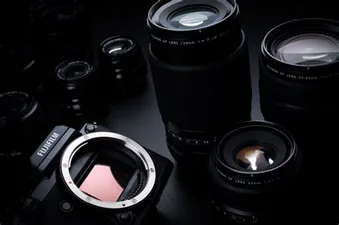When it comes to camera support, tripods and monopods are two popular options. Both have their own advantages and disadvantages, but which one is right for you depends on your photography needs and preferences. In this blog post, we’ll compare tripods and monopods and help you decide which one is right for you.
Tripods: Tripods are three-legged supports that provide stable and steady support for your camera. They are ideal for long exposures, panoramic shots, and other types of photography where stability is essential. Tripods are also useful for photographers who want to capture video or take time-lapse photography.
Advantages of tripods:
- Provide a stable platform for long exposures and video
- Allow for precise control over camera positioning
- Can be used with a variety of cameras and lenses
Disadvantages of tripods:
- Can be bulky and heavy to carry around
- Require set-up time
- Can be difficult to use in tight spaces
Monopods: Monopods are single-legged supports that provide support for your camera while still allowing for greater mobility. They are ideal for photographers who want to capture fast-moving action, such as sports events or wildlife photography.
Advantages of monopods:
- Lightweight and easy to carry around
- Quick to set up and use
- Ideal for fast-moving action photography
Disadvantages of monopods:
- Provide less stability than tripods
- Limited control over camera positioning
- Not suitable for long exposures or video
In conclusion, the choice between a tripod and a monopod comes down to your photography needs and preferences. If stability and precise control over camera positioning are essential for your photography, a tripod may be the better option. However, if you’re looking for a lightweight and mobile support for fast-moving action, a monopod may be the better choice. Ultimately, the right choice depends on your photography goals and the type of photography you’re interested in.



